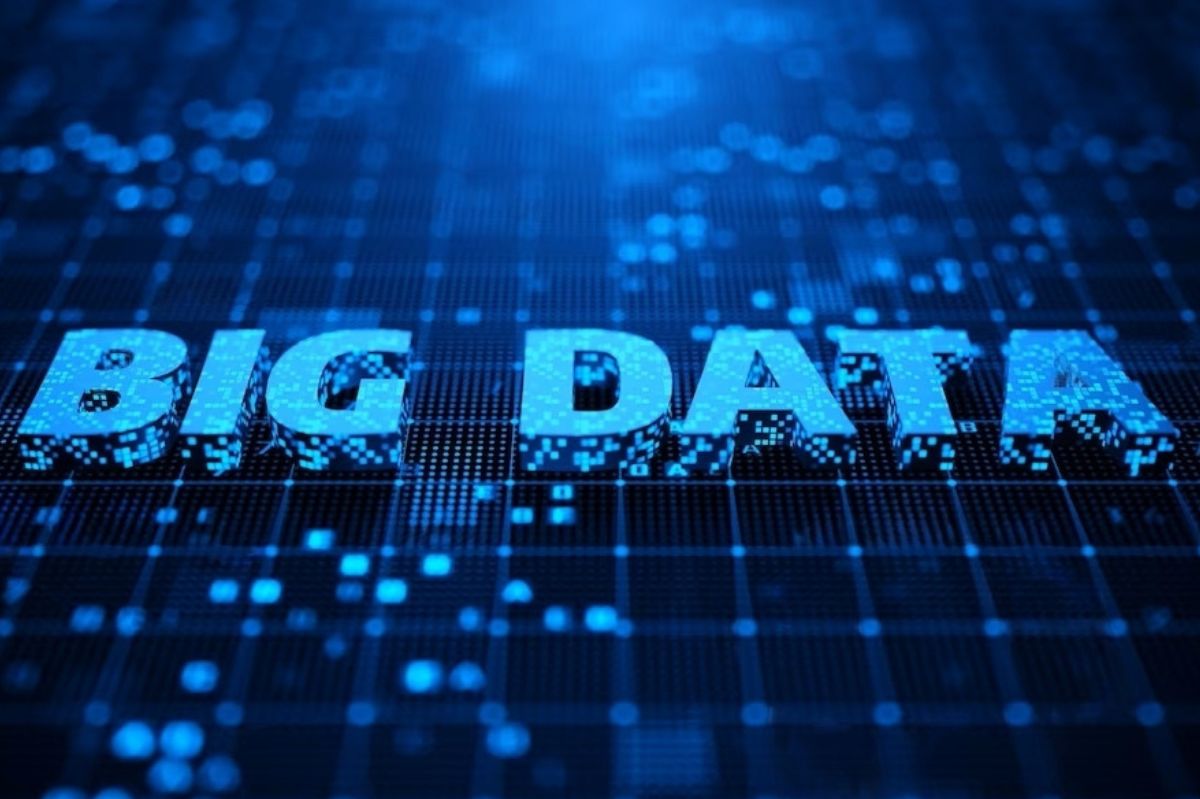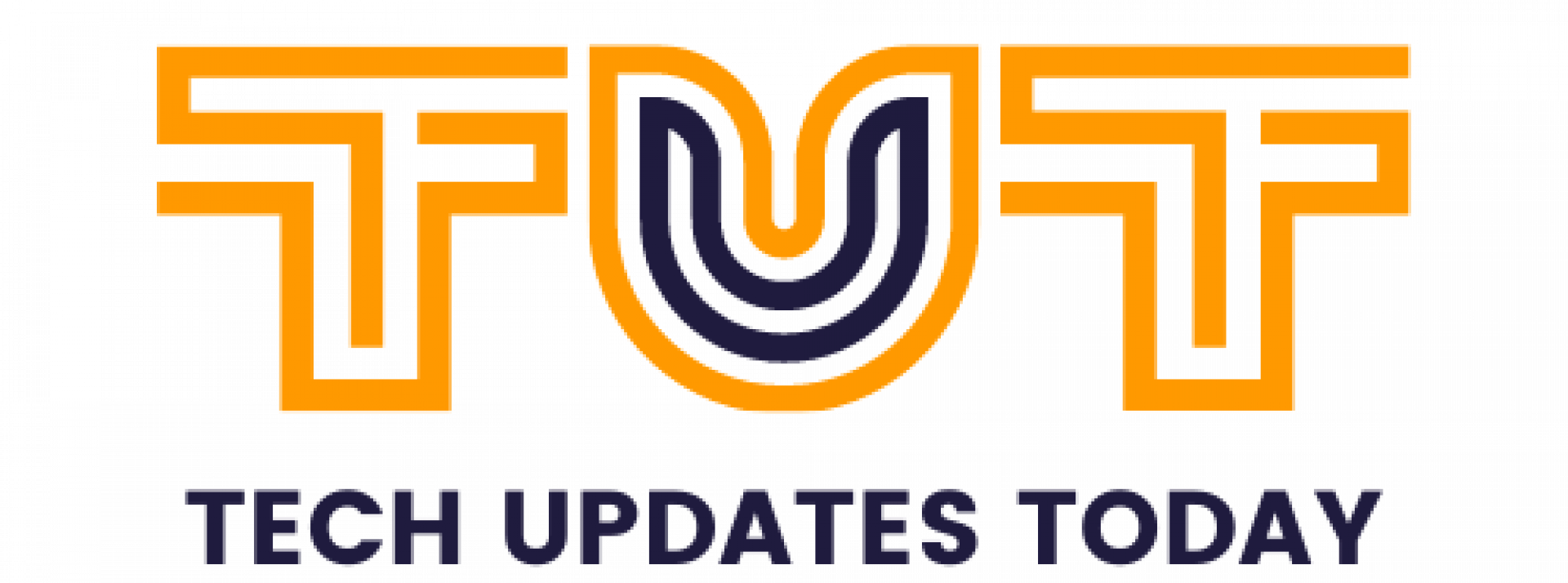Big Data Tools To Achieve Better Results

In Big Data, having better, quality data is essential, as much or more than having an expert Data Scientist who knows how to extract value from the information provided by that data or having a manager willing to take risks by adopting Big projects. Dating for your business, but it is equally essential to have the most appropriate Big Data tools to develop the Big Data solutions necessary to achieve the best possible results.
Analytical techniques and all their revolution are nothing if we do not have a good list of Big Data tools to store the data, such as an adequate database, data processing, and management tools, to be able to carry out specific queries, analysis tools of data, to detect patterns that no one else can see or data visualization tools, to clarify the results, all of them at the service of our business with the sole objective of improving results.
Table of Contents
Big Data tools to store data
A terabyte was an almost unimaginable amount of information a couple of decades ago. However, many data centers are measured in petabytes, even zettabytes. Storing such an overwhelming amount of data requires tools with enormous capacity. In this context, databases play a key role.
Databases are a compendium of data related to the same context and massively stored for later use. Most databases are already in digital format, allowing them to be processed by computer and accessed in less time. They can hold both structured and unstructured information. In computing, they are broadly classified into SQL and NoSQL databases due to their way of structuring the information and the language they use.
SQL databases
SQL databases ( Structured Query Language or structured query language) use a declarative language for accessing relational databases that allow queries to store, modify and simply extract information.
The main characteristic is that SQL databases follow a standard, both in the way they are designed and in the way they store information and in which they must be consulted.
All SQL databases comply with ACID properties (Atomicity of operations, Consistency of data, Isolation of concurrent operations, and Durability of data). Some examples: DB2, Oracle, SQLite….
NoSQL databases
NoSQL databases ( MongoDB, Cassandra, Elasticsearch, Cloudant, Neo4j, Redis…) do not require fixed structures and are classified according to their way of storing the data in the document, columnar, or graph databases.
NoSQL databases are characterized by being much more heterogeneous. They all do not follow the SQL standard and, therefore, do not meet any of the ACID properties.
They are more flexible when storing data of various kinds or storing massive data that needs to be shared among multiple machines. In return, they do not guarantee that the data is always available in its most up-to-date version, and they are usually limited to simpler queries than those that can be done on SQL databases.
SQL or no SQL? That is the question… In general, choosing SQL or NoSQL will depend on the type of product we are building, although due to the nature of Big Data projects, NoSQL is usually more convenient.
Big Data tools to process data
All the infrastructures destined to manage and process data, such as open source frameworks ( Open Source ) such as Hadoop, Apache Spark, Storm, or Kafka, constitute high-performance technological platforms designed for manipulating data sources, either in batch processing. Or in real-time.
These ecosystems are also characterized by the programming language on which their operation is based. These languages are designed to accurately express algorithms and test, debug, and maintain the source code of a computer program. Today the most used in Big Data are Python, Java, R, and Scala.
Big Data tools to analyze data
The basis of Big Data techniques lies in the tools for data analysis. Different from data storage and processing, analytics tools are more standardized.
A good data scientist will normally combine different Open Source tools and packages to apply the most appropriate algorithms to the problem they are working on.
For this, advanced mathematical, statistical, and analytical knowledge is necessary, including training in Machine Learning or Automatic Learning (neural networks, ensembles, SVMs, Deep Learning…), pattern recognition, predictive models, clustering techniques, Data Mining or Data Mining (mining of texts, images, speech…), PLN or Natural Language Processing, Sentiment Analysis, etc.
But to apply Big Data techniques to business to yield the best possible results, in addition to great computing capacity, we must know how to combine storage and processing capacity with analysis capacity.
There are 3 different levels of data analytics:
- Descriptive analytics is used to determine how the business is working.
- Predictive analytics, which allows anticipating what will foreseeably happen in the future. At this level, we find algorithm libraries that the data scientist can resort to, such as Scikit-learn, Keras, Tensorflow, nltk…
- And finally, prescriptive analytics offers the greatest competitive advantage because its recommendations on the best strategy to achieve the best results allow better-informed decisions to be made. This level, the prescriptive, is the most unexplored. Along with the predictive analytics tools, there are other tools that can be used to solve the optimization component of any prescriptive solution: CPLEX, Gurobi, and Matlab packages…, but building the global solution usually requires specific software development for each project.
Big Data tools to visualize data
Apart from knowing how to store data, process, and analyze it, being an expert in Big Data entails knowing how to communicate the information that this data has provided us after its classification and study. For this, it is essential to paint the data in a familiar and effective context that facilitates the task of interpreting and visualizing them simply and affordably.
There are affordable data visualization tools for developers or designers and less technical personnel on the market. Most have paid and free versions and offer optimized graphics for use on social networks. Among the most popular would be Tableau, Weave, Datawrappper, Gephi, Infogram, Many Eyes, Piktochart, NodeXL, Chartblocks, d3, Thinglink, Axiis, QuickView, and Google Fusion Tables.
In summary, achieving better results involves mastering Big Data tools: having qualified professionals in the use of the different data storage and processing systems ―both the traditional ones and the most current ones derived from the NoSQL world or the Hadoop ecosystem―, creating analysis and visualization solutions ―accessible both in SaaS mode and directly at the client’s premises― and apply the different levels of analytical techniques for the benefit of the client.
Also Read : Online Contest For eCommerce: From Strategy To Implementation
